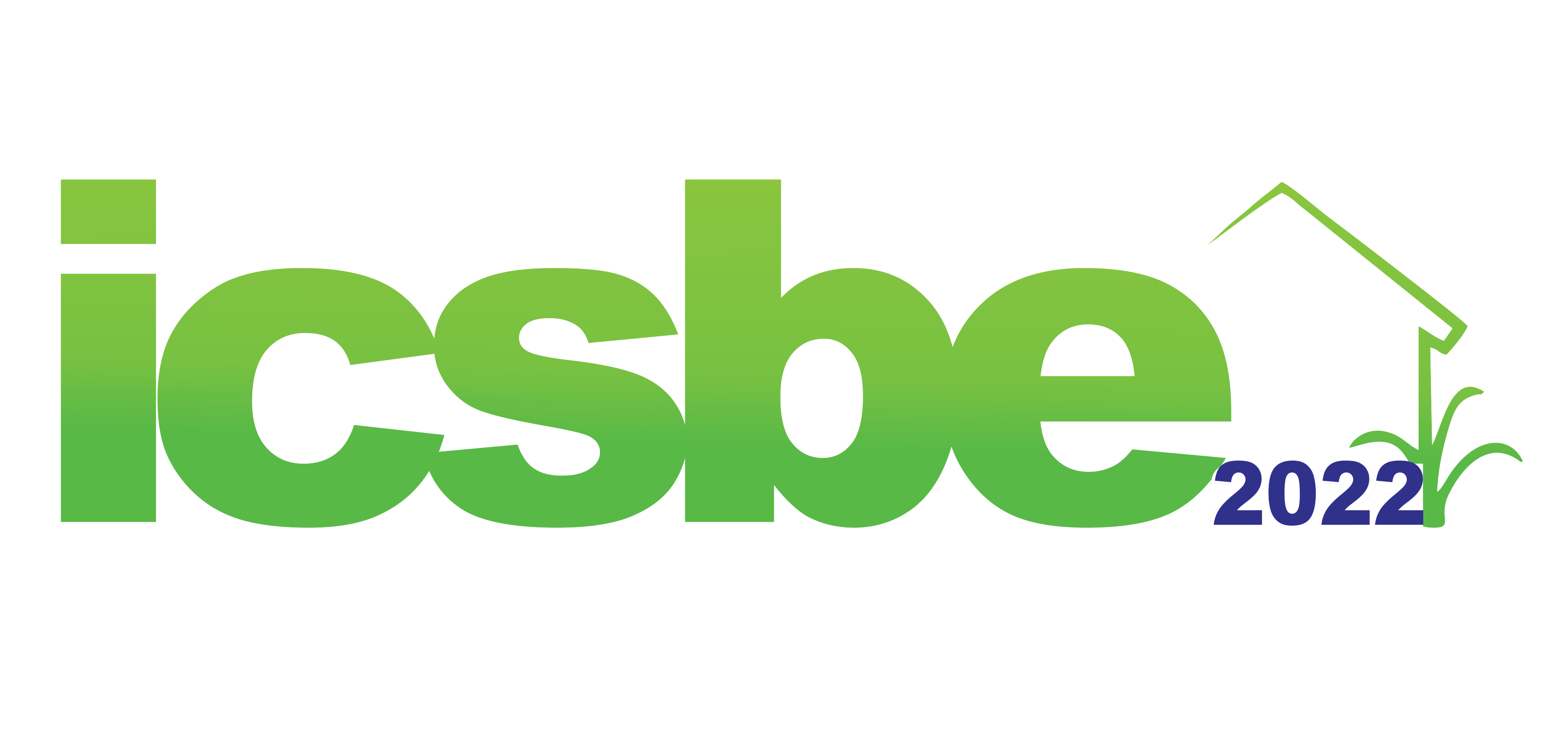INVESTIGATING THE EFFECTIVENESS OF BANGER RIVER FLOODWAY ON REDUCING WATER LEVEL OF LOJI RIVER IN PEKALONGAN CITY USING HEC-RAS 1D MODEL
E O Nugroho[1]*, R Ramadhani2, P Lutfitiana3, M Cahyono1, S Lestari4, and YKumala5
1 Institute Teknologi Bandung
2 Sumatera River Basin VI, Ministry of Public Works and Housing, Jambi
3 Directorate General of Water Resources, Ministry of Public Work
4 Directorate of Dams and Lakes, Directorate General of Water Resources
5 Research Center for Water Resources, Ministry of Public Works and Housing
[1]* Corresponding author’s email: [email protected]
DOI: https://doi.org/10.20885/icsbe.vol4.art28
ABSTRACT
Pekalongan City is a lowland area and located in the northern part of Java Island. Tidal flooding often occurred at high tide when the wave run-up entered the mainland and inundated several areas in the city of Pekalongan. The inundation area in Pekalongan City reached 618 Ha in 2020. Tidal flooding became a problem because it inundated vital areas such as residential areas, public spaces, and economic centers. The area that often experiences inundation is in the area of the Loji River and the Banger River estuarine, which is a unified system on the Pekalongan River. The inundation due to tidal flooding will be more severe if it coincided with the occurrence of high discharge in the river flow. To control floods and tidal floods in the city of Pekalongan, flood control engineering was needed so a floodway known as the Banger River was built. This approach aims to reduce the area of inundation and protect existing vital areas. This study aims to assess the impact of the Banger River on reducing water level in the Loji River. The methodology used in this study is flood modeling with HEC-RAS 6.1 one dimensional model. The simulation results show that after the Banger river floodway was made, the water level in the Loji river 1.7 meters or 28% of the water level in the Loji River can be reduced.
Keywords: Banger River, Floodway, HEC-RAS
REFERENCES
Arturo Leon, (2013). Tutorial on Using HECGeo RAS 10.1 with Arc GIS 10.1 and HEC-RAS 4.1.0 for Flood Inundation Mapping in Steady and Unsteady Flow Conditions, School of Civil and Construction Engineering, Oregon State University.
BBWS Pemali Juana, Review Detail Desain Pengendalian Banjir dan Rob Kota dan Kab. Pekalongan, 2020, Indonesia.
Chow V.T., Maidment D.R., Mays L.W., 1988, Applied Hydrology, Mc. GrawHill Book Company, Singapore.
Grimaldi, Salvatore, etl., 2013, Flood Mapping in Ungauged Basins Using Fully Continuous HydrologicHydraulic Modeling. Journal of Hydrology, Elsevier, 487, 39-47
Riza Inanda Siregar, Ivan Indrawan., 2017, Comparative Study of 1-D (One Dimension) and 2-D (Two Dimension) Modeling in Modeling Flood in Hulu Citarum Watershed., Jurnal Education building., Volume 3, Nomor 2, December 2017: 31-37.
Rahmawati, I. P., & Ardhiani, N., 2008, Flood Control System of Sengkarang River. Doctoral dissertation, Faculty of Engineering Diponegoro University.
US ARMY Corps of Engineers. (2010). HECRAS River Analysis System: User’s Manual. US Army Corps of Engineers, Washington.





Leave a Reply
Want to join the discussion?Feel free to contribute!